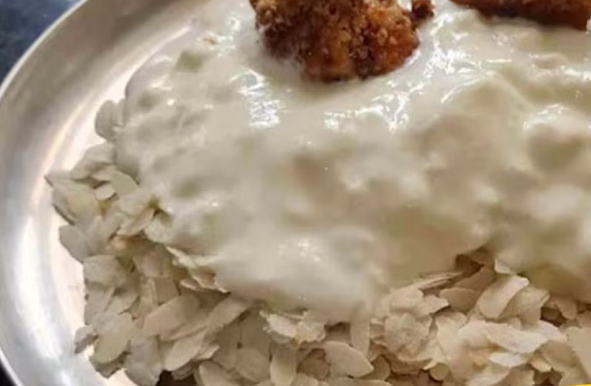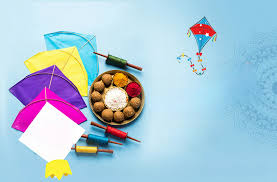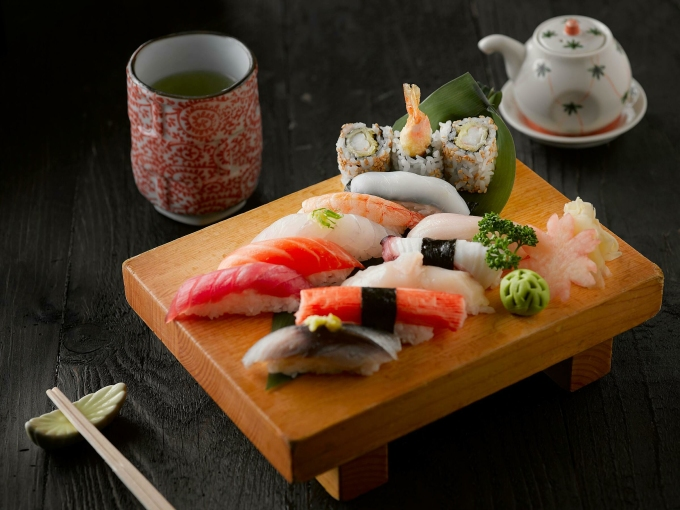Makar Sankranti 2024: Makar Sankranti is a major festival of Hindus, which is celebrated with great pomp. Makar Sankranti is also considered the arrival of New Year. Therefore, on this day people wear new clothes and start new activities. On this day people fly kites, distribute sweets and congratulate each other.
This festival is celebrated with different names in different regions of the country, like Pongal, Lohri, Gujarati New Year etc. An essential part of the celebration of Makar Sankranti is the offering of sweet curd-chuda. This delicious and light food is not only delicious, but also has many auspicious meanings and historical reasons hidden behind it.
Makar Sankranti has been celebrated as a harvest festival for farmers since ancient times. There are heaps of grains in the barns and there is an atmosphere of prosperity. The 'Chuda' used in Dahi-Chuda is made by grinding ripe paddy, which captures the aroma and taste of the fresh crop. Whereas curd is a symbol of coolness and purity. Thus, Dahi-Chuda becomes a symbol of agricultural culture and the joys of harvest on this festival.
Balance of nutrition:
Dahi-chuda mixture is a balanced combination of nutrition. Curd contains protein, calcium and good bacteria, which keep the digestive system healthy. At the same time, Chura (flattened rice) is a good source of carbohydrates and fiber, which provides energy to the body. Makar Sankranti marks the end of winter and the harvest season. During this time, the body needs light and nutritious food, which Dahi-Chuda fulfills very well.
Auspicious Sign:

The white color of Dahi-Chuda is considered a symbol of purity and sanctity. It is an auspicious sign of the beginning of the new year and is considered a blessing for auspiciousness, prosperity and happiness in the times to come. The sweetness of curd symbolizes pleasant experiences and happiness in life, while the crunchiness of chooda reminds of the ups and downs in life that everyone goes through.
Historical importance:
The custom of eating curd-chuda has been going on since ancient times. In agricultural societies, curd was used to preserve food after harvest. At the same time, harvested rice was easier to store for a long time. Therefore, these two things together formed a balanced and nutritious food option.
Different Varieties of Dahi-Chuda
Although the base of Dahi-Chuda is the same, it is prepared in different ways in different regions. In Uttar Pradesh, jaggery and dry fruits are added to it, while in Bihar it is served with peanuts and coconut. In South India, it is known as Pongal and a variety of spices and vegetables are used in it.
Photo Credits: Google










